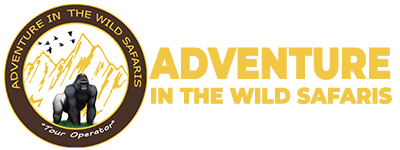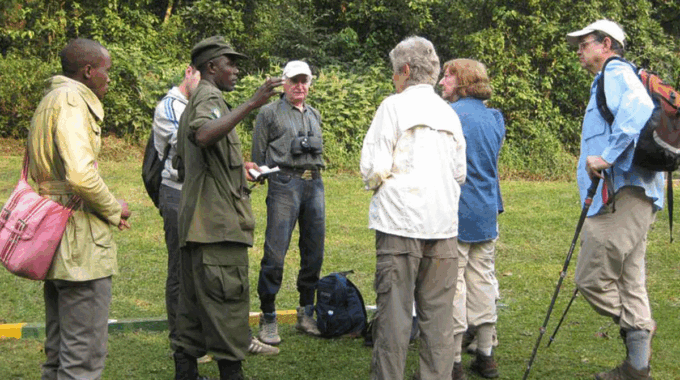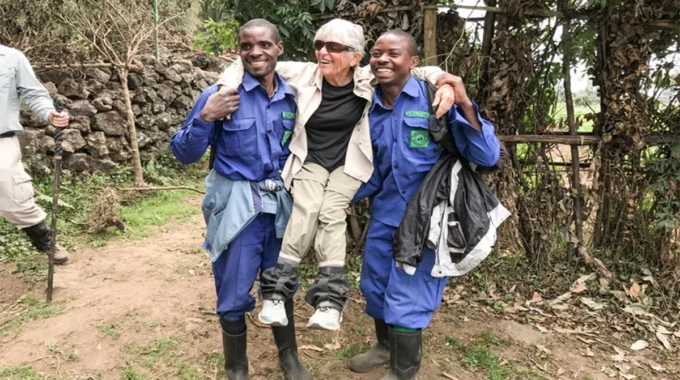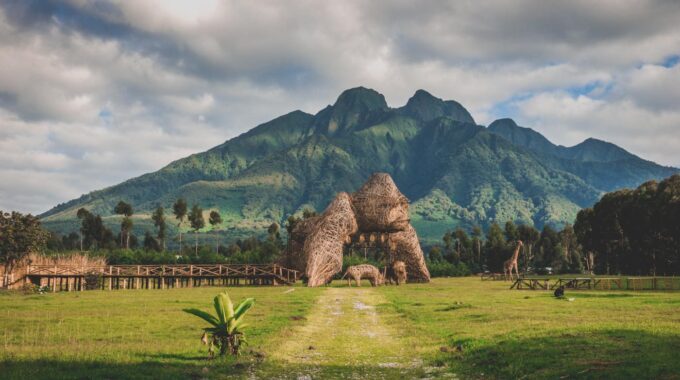Safety Measures and Health Precautions During Treks: Safety measures during gorilla treks Safety measures during…
Photography Tips for Capturing Gorillas in the Wild
Photography Tips for Capturing Gorillas in the Wild
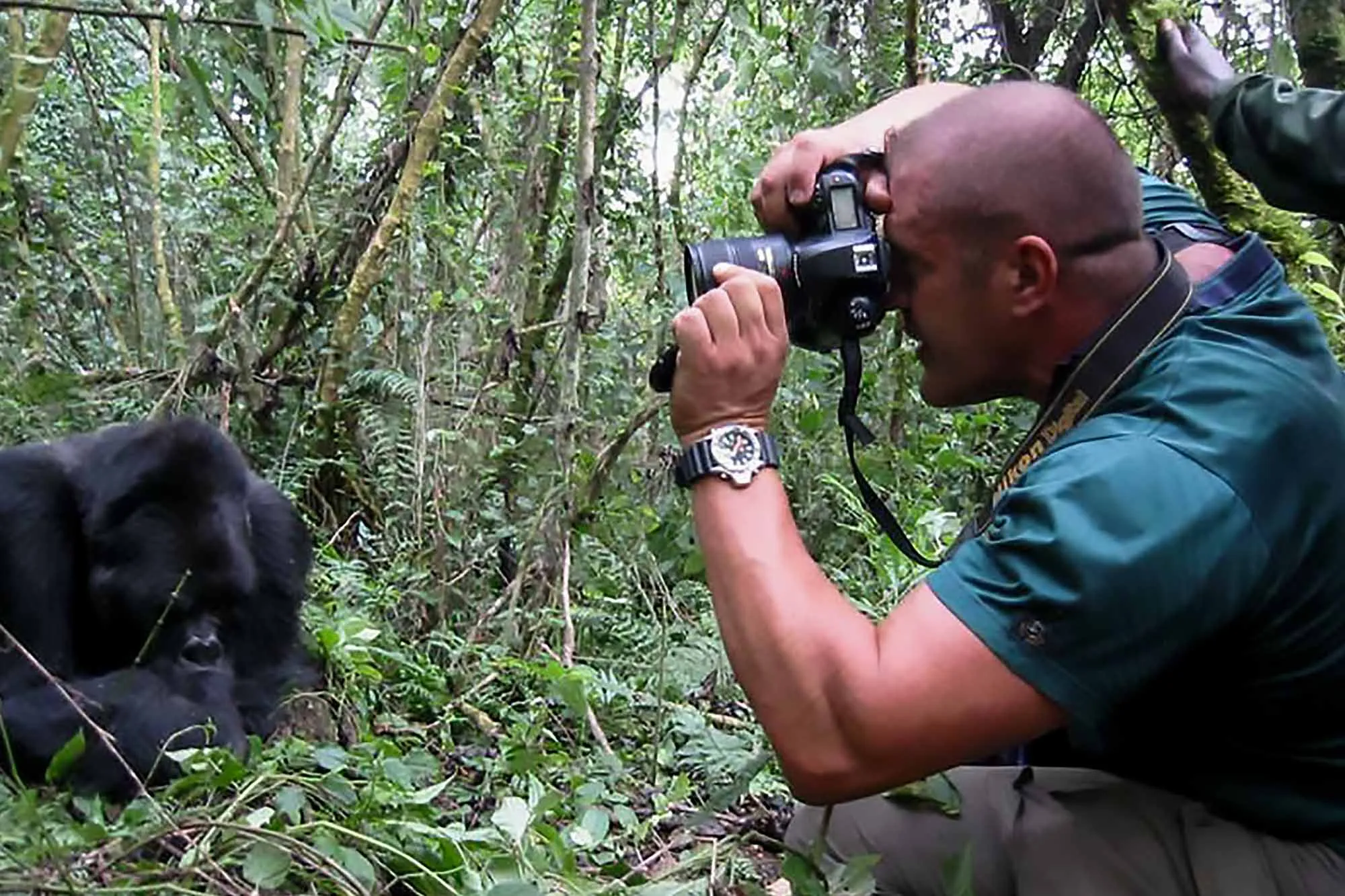
Photography Tips for Capturing Gorillas in the Wild: Gorilla trekking in Rwanda and Uganda offers one of the most profound wildlife encounters on Earth. Standing mere meters away from a family of mountain gorillas in their natural habitat is a once-in-a-lifetime experience—one that calls for mindful, respectful, and skillful photography. While this moment can never be fully captured through a lens, taking high-quality photos is a beautiful way to remember your trek and share it with others.
In this blog, we provide expert photography tips for capturing gorillas in the wild, ensuring you walk away with powerful images that respect both nature and your fellow trekkers.
Why Gorilla Photography is Unique
Mountain gorillas, found only in the Virunga Mountains and Bwindi Impenetrable Forest, live in dense jungle environments. Photographing them is unlike photographing wildlife on open savannahs. You’ll face limited lighting, thick foliage, and the need to keep a safe distance—usually about 7 meters (21 feet) from the gorillas.
In addition, gorilla trekking is strictly regulated for conservation. Your time with the gorillas is limited to one hour, and flash photography is not allowed.
Mastering gorilla photography requires patience, preparation, and respect for the animals.
Essential Gear for Gorilla Photography
1. Camera Type
- DSLR or Mirrorless cameras with interchangeable lenses are ideal.
- If using a smartphone, make sure it has optical zoom and consider a clip-on lens.
- Point-and-shoot cameras can work if they have good zoom and low-light capability.
2. Lenses
- Zoom lens (70–200mm) is recommended to frame gorillas from a distance.
- A wide-angle lens (24–70mm) can also be helpful in capturing family groups or the forest environment.
3. Lighting Aids
- No flash is allowed during gorilla trekking in Uganda and Rwanda, as it startles gorillas.
- Bring a camera with good low-light performance and a high ISO range.
4. Other Must-Haves
- Extra batteries (due to altitude and cold)
- Extra memory cards
- Waterproof bag or rain cover
- Microfiber cloth (for lens cleaning in humid conditions)
Related Blog: Packing Guide for Gorilla Trekking in Uganda and Rwanda
15 Proven Photography Tips for Capturing Gorillas
Here are the top Photography Tips for Capturing Gorillas in the Wild:
1. Use Natural Light Wisely
Jungles can be dim, especially under the forest canopy. Choose higher ISO settings (e.g., 800–1600) to allow for faster shutter speeds. Take advantage of sunbeams breaking through the leaves for dramatic lighting.
2. Turn Off Your Flash
This is not only a tip—it’s a strict rule. Flash photography is prohibited during gorilla trekking for safety and ethical reasons.
3. Stabilize Your Shot
Use a fast shutter speed to avoid blur from hand-holding your camera. A monopod is allowed in some areas, but tripods are generally not permitted due to space constraints on the trail.
4. Shoot in Burst Mode
Gorillas move slowly—but when they do move, they do so quickly. Shooting in continuous or burst mode improves your chances of capturing action moments.
5. Capture Expressions and Eyes
Focus on the eyes and facial expressions of the gorillas. Their emotions—curiosity, affection, or alertness—can turn a good photo into a great one.
6. Get Low and Shoot Upward
Crouch down when it’s safe to do so. Shooting upward makes your subject appear more dominant and powerful, reflecting their majestic presence.
7. Respect Distance
Always maintain the 7-meter distance rule. It’s tempting to get closer for a better shot, but this distance helps prevent the transmission of diseases from humans to gorillas.
More Web Resources: International Gorilla Conservation Programme
8. Use Manual Focus in Dense Bush
Your camera might struggle to autofocus in thick foliage. Switch to manual focus when branches and leaves confuse your lens.
9. Watch for Silverbacks
The dominant male, or silverback, often provides the most striking photos. Capture moments when he’s looking directly at the camera or interacting with juveniles.
10. Include Environment for Context
Zooming in on faces is wonderful, but don’t forget wide-angle shots that show gorillas within the lush forest. These give context and tell a fuller story.
11. Prepare for Rain and Mud
Bring waterproof protection for your camera. Gorilla trekking often happens in wet, muddy conditions, even in dry season.
Related Blog: Best Time to Visit Rwanda and Uganda for Gorilla Trekking
12. Go Silent
Turn off shutter sounds and camera beeps. Gorillas are peaceful, and silence maintains the serene atmosphere of the trek.
13. Don’t Forget Group Photos
Capture your moment with the trekking group and your guide. These memories are as valuable as wildlife shots.
14. Take Vertical and Horizontal Shots
Different orientations suit different compositions. Vertical shots can emphasize the height of trees and body of gorillas, while horizontal is better for group scenes.
15. Practice Before Your Trek
Don’t wait until you’re in the forest to learn your camera. Practice shooting in low light, manual focus, and quick settings adjustments before your trip.
Ethical Gorilla Photography: Do’s and Don’ts
✅ Do:
- Follow your guide’s instructions
- Use quiet shutter modes
- Prioritize respect over a perfect shot
- Ask for permission before photographing porters or locals
❌ Don’t:
- Break the 7-meter rule
- Use flash under any circumstances
- Make loud noises to get a reaction
- Overstay your 1-hour gorilla viewing window
More Web Resources: Uganda Wildlife Authority Gorilla Rules
Photography in Rwanda vs Uganda: Is There a Difference?
Rwanda: Volcanoes National Park
- Generally shorter treks
- More open vegetation for clearer shots
- Easier terrain (ideal for photographers with heavier gear)
Uganda: Bwindi Impenetrable National Park
- Denser jungle and darker lighting
- More rugged terrain, but often more photogenic jungle backdrops
- Ideal for photographers seeking immersive forest scenes
Related Blog: Gorilla Trekking in Volcanoes National Park vs Bwindi
Photography Etiquette with Fellow Trekkers
Gorilla treks are done in groups of 8 people maximum. To ensure a positive experience for everyone:
- Avoid blocking others’ views with large lenses
- Take your shot, then step aside
- Respect shared time with the gorillas
- Mute shutter noise when possible
Smartphone Photography Tips
Don’t have a DSLR or mirrorless? You can still get good results:
- Use HDR mode for jungle contrast
- Clean your lens frequently
- Use optical zoom, not digital zoom
- Hold steady or use a small grip for support
- Adjust exposure manually by tapping and dragging
After the Trek: Editing and Sharing
Basic Editing Tips
- Adjust shadows and highlights to improve contrast
- Use sharpening carefully
- Avoid oversaturating greens from the jungle
- Consider black-and-white edits for emotional impact
Responsible Sharing
- Mention the name of the park and country
- Tag your local tour operator (like Gorilla Rwanda Safaris)
- Use hashtags like #GorillaTrekking, #VisitRwanda, and #ExploreUganda
- Educate your audience on the importance of gorilla conservation
Related Blog: How Gorilla Tourism Supports Conservation and Communities
Final Thoughts
Capturing powerful photos of mountain gorillas in the wild is about more than camera settings. It’s about preparation, presence, and respect for the animals, your fellow trekkers, and the conservation mission at hand.
At Gorilla Rwanda Safaris, we work closely with guides and national parks to ensure your trek is safe, ethical, and unforgettable. Whether you’re a professional photographer or a passionate traveler with a smartphone, these tips will help you document your gorilla trekking adventure in Rwanda or Uganda with stunning imagery and lasting memories.
Related Blogs:
- Packing Guide for Gorilla Trekking in Uganda and Rwanda
- Fitness Requirements for Gorilla Trekking in Rwanda and Uganda
- Hiring a Porter: Pros and Cons
- Best Time to Visit Rwanda and Uganda for Gorilla Trekking
More Web Resources:
- International Gorilla Conservation Programme
- Uganda Wildlife Authority – Gorilla Rules
- Rwanda Development Board – Tourism
Blog: Photography Tips for Capturing Gorillas in the Wild
